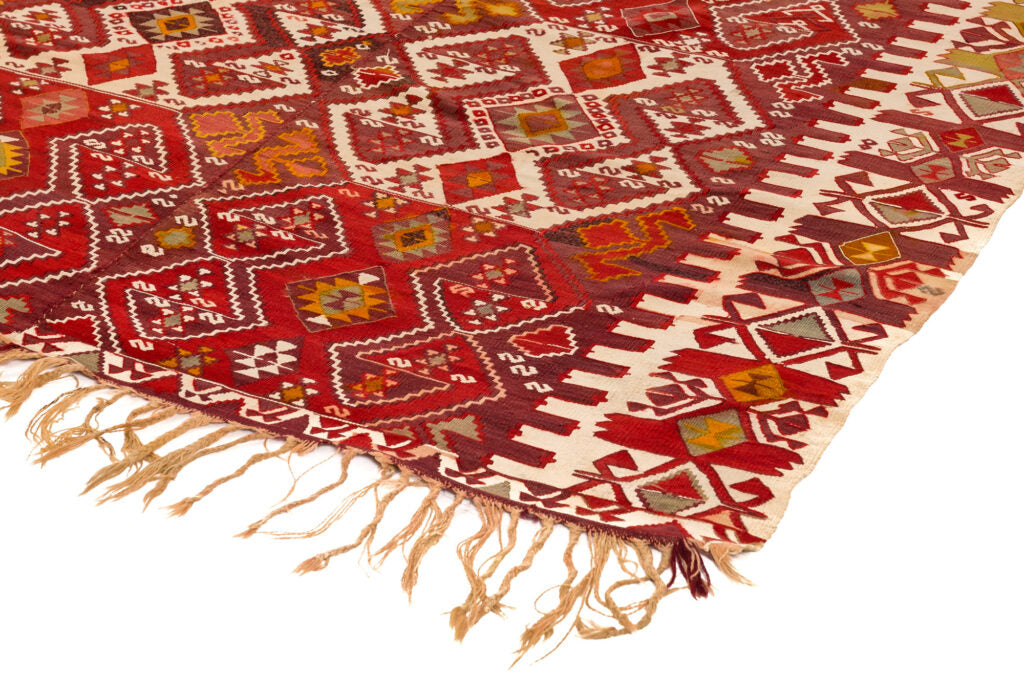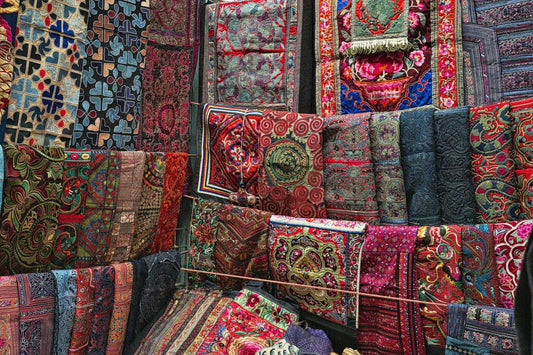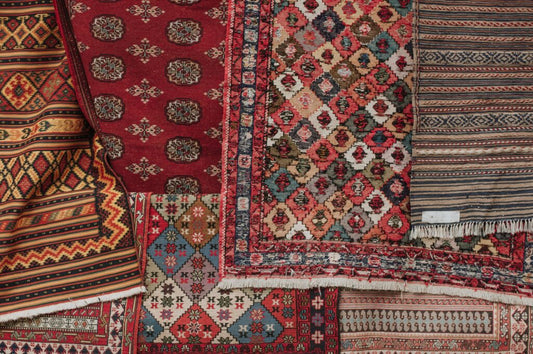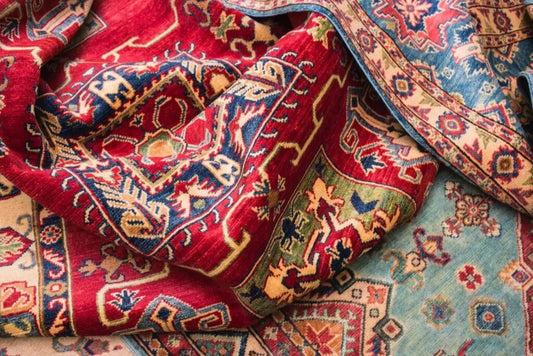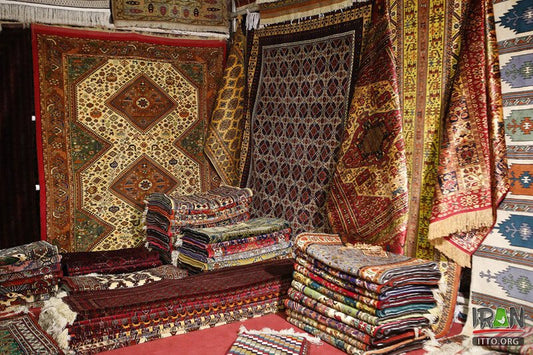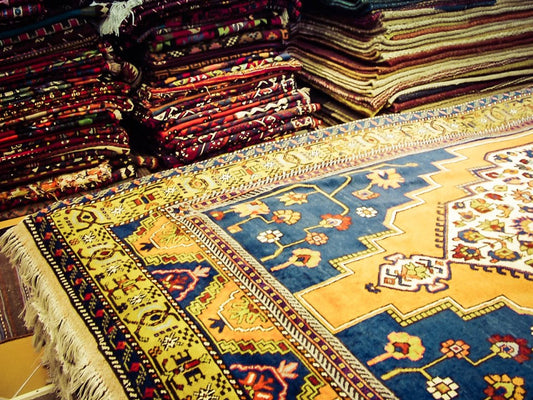As Iran, or traditionally called Persia, is rich in history and culture, Persian rugs — have a deep historical tradition and have come a long way from Greek culture to the modern-day era.
As old as almost time itself, Persian rugs, which are the symbol of artistic perfection and cultural magnificence, date back about 2500 years. The Iranians were the pioneers of weaving the rugs by hand, a delicate skill which they had acquired from their ancestors, and mastered through creativity and ingenuity. The skills of rug weaving have been transferred from one generation to another and continued to be passed on to their offspring as a creative family secret. To identify the history of the Persian rugs is to explore the societal and cultural transformation of one the most magnificent civilizations the world has ever witnessed.
From being simple rugs used as a floor covering to protect the tribal men from cold and environmental conditions, to becoming more sophisticated and decorative accessories, the increasing popularity of these rugs forced the artisans to evolve them into something grand. These artistic creations captured the attention of nobles and kings, and quickly came to be seen as a cultural asset, considered as a sign of wealth, artistic perfection and magnificence.
When Alexander the Great conquered Babylon in 539 BCE, he was amazed by its grandeur and splendor and it is widely believed it was he who introduced rug weaving into Persia. Historical records are a testament to the fact that not only the court of Cyrus was adorned with beautiful Persian rugs, but it is also said that his tomb was also decorated with some rare designs of Persian rugs as well.
After the brief phase of Arab domination, a Turkish tribe conquered Persia. This conquest was of great importance and played a significant role in the history of the Persian rug. The tribe’s women were exceptionally skillful in weaving rugs and kilims using the Turkish knot. Their influence spread in adjacent provinces and helped in the rapid production and growth in distribution of these already popular Persian rugs.
When Mongols took hold of Persia they were initially cruel to the tribal culture, however later on they also came under its influence. The Persian rugs reached their zenith in the kingdom of the Safavid dynasty of the 16th to 18th centuries. During this rule, art and commerce prospered rapidly and workshops were created where skilled artisans mastered their art of rug making and created magnificent designs of the rugs that represented the tribal and Persian culture.
In the last quarter of the 19th century, when the Qajar tribe took control of Persia, trade and craftsmanship saw a new rise. Arts and craftsmanship flourished during their reign with the merchants exporting rugs and kilims to the European market through the channel of Istanbul.
Today, rug weaving remains a popular and widespread craft in Iran. Persian rugs are renowned both locally and internationally for their vibrant colors, delicate designs, and fine quality. Persian rugs have become so famous that they are found in the mansions, museums, massive buildings and in the finest homes around the world.

